What Does 20 X 50 Binoculars Mean ?
The term "20 x 50 binoculars" refers to a specific type of binoculars with a magnification power of 20 times and an objective lens diameter of 50 millimeters. The first number (20) represents the magnification, indicating that the binoculars can make objects appear 20 times closer than they actually are. The second number (50) represents the diameter of the objective lenses, which determines the amount of light that can enter the binoculars. In this case, the larger objective lens diameter of 50mm allows more light to enter, resulting in brighter and clearer images.
1、 Magnification: 20x
"20 x 50 binoculars" refers to a specific type of binoculars with a magnification power of 20x and an objective lens diameter of 50mm. The first number, 20x, represents the magnification power, which means that the object being viewed through the binoculars will appear 20 times closer than it would to the naked eye. This level of magnification is considered quite high and is suitable for various activities such as birdwatching, stargazing, or observing distant landscapes.
The second number, 50mm, refers to the diameter of the objective lens. The objective lens is the larger lens at the front of the binoculars that gathers light and focuses it onto the eyepiece. A larger objective lens allows more light to enter the binoculars, resulting in brighter and clearer images, especially in low-light conditions. The 50mm objective lens diameter is considered to be a good balance between light-gathering capability and portability.
With 20x magnification and a 50mm objective lens diameter, these binoculars offer a powerful viewing experience with enhanced detail and clarity. However, it's important to note that higher magnification also means a narrower field of view and a shakier image due to increased hand movements. Therefore, it is recommended to use a tripod or stabilize the binoculars when using them at higher magnifications.
In summary, "20 x 50 binoculars" refers to binoculars with a magnification power of 20x and an objective lens diameter of 50mm. These binoculars provide a close-up view of distant objects with enhanced clarity and brightness, making them suitable for various outdoor activities.

2、 Objective Lens Diameter: 50mm
The term "20 x 50 binoculars" refers to a specific type of binoculars with a magnification power of 20 times and an objective lens diameter of 50mm. The magnification power of 20x means that the object being viewed through the binoculars will appear 20 times closer than it would to the naked eye. This is particularly useful for observing distant objects or wildlife.
The objective lens diameter of 50mm indicates the size of the front lenses of the binoculars. A larger objective lens diameter allows more light to enter the binoculars, resulting in brighter and clearer images. This is especially beneficial in low-light conditions or when observing objects in dimly lit environments.
The combination of a 20x magnification and a 50mm objective lens diameter makes these binoculars suitable for a variety of activities such as birdwatching, stargazing, or even for use in sports events. The high magnification power allows for detailed observations, while the larger objective lens diameter ensures good light transmission and image quality.
It is important to note that while the 20x magnification provides a close-up view, it also amplifies any hand movements, making it challenging to maintain a steady image without the use of a tripod or image stabilization technology. Additionally, the larger objective lens diameter results in a bulkier and heavier pair of binoculars compared to those with smaller objective lenses.
Overall, 20 x 50 binoculars offer a balance between magnification power and light-gathering capabilities, making them a versatile choice for various outdoor activities.

3、 Field of View: Determined by the specific binocular model
"What does 20 x 50 binoculars mean?" is a question commonly asked by individuals who are new to the world of binoculars or are unfamiliar with the terminology used to describe them. The numbers 20 x 50 refer to two important specifications of the binoculars: the magnification power and the objective lens diameter.
The first number, 20, represents the magnification power of the binoculars. It indicates that the object being viewed will appear 20 times closer than it would to the naked eye. This means that if you are observing an object 1000 meters away, it will appear as if it is only 50 meters away when using these binoculars. Higher magnification can be beneficial for observing distant objects in detail, but it can also result in a narrower field of view and reduced image stability.
The second number, 50, represents the diameter of the objective lenses in millimeters. The objective lenses are the ones farthest from your eyes and are responsible for gathering light and forming the initial image. A larger objective lens diameter allows more light to enter the binoculars, resulting in brighter and clearer images, especially in low-light conditions. However, larger objective lenses also make the binoculars heavier and bulkier.
It is important to note that the field of view, which refers to the width of the area visible through the binoculars, is not directly determined by the 20 x 50 specifications. Field of view can vary depending on the specific binocular model. Generally, higher magnification binoculars tend to have a narrower field of view, while lower magnification binoculars offer a wider field of view. However, advancements in optical technology have allowed some manufacturers to produce binoculars with both high magnification and a wide field of view.
In conclusion, the numbers 20 x 50 on binoculars indicate the magnification power and objective lens diameter, respectively. The field of view, on the other hand, is determined by the specific binocular model and can vary. When choosing binoculars, it is important to consider your specific needs and preferences, such as the intended use, desired magnification, and field of view, to ensure you select the most suitable pair for your purposes.
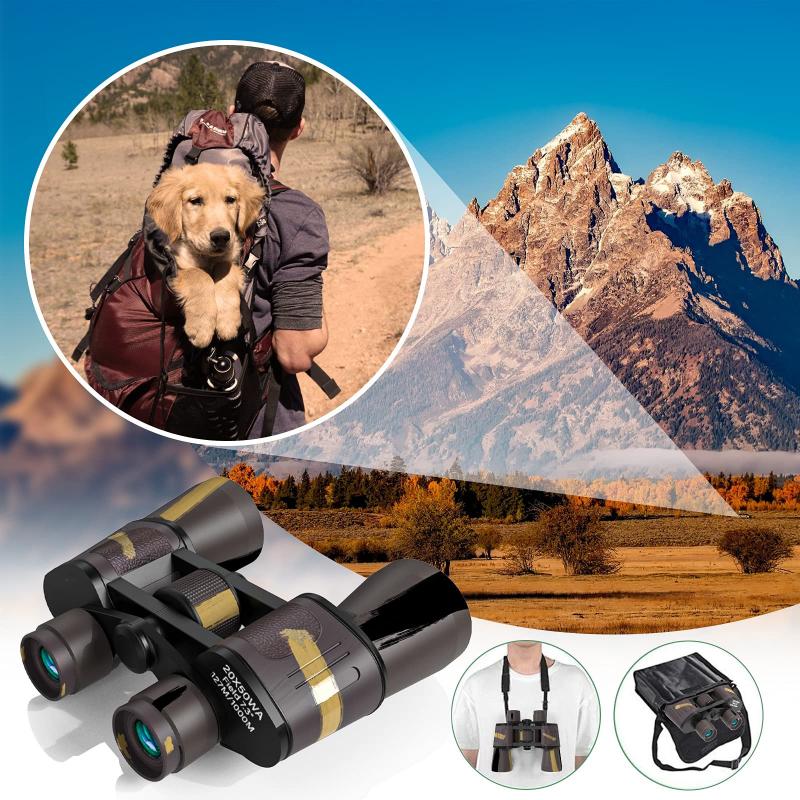
4、 Exit Pupil: 2.5mm
The term "20 x 50 binoculars" refers to a specific type of binoculars with a magnification power of 20 times and an objective lens diameter of 50mm. The first number, 20, represents the magnification power, which means that the object being viewed through these binoculars will appear 20 times closer than it would to the naked eye. This level of magnification is quite high and is suitable for activities such as birdwatching, stargazing, or observing distant objects.
The second number, 50, represents the diameter of the objective lens in millimeters. The objective lens is the larger lens at the front of the binoculars that gathers light and forms the initial image. A larger objective lens allows more light to enter the binoculars, resulting in a brighter and clearer image. In this case, the 50mm objective lens diameter indicates that these binoculars are capable of capturing a significant amount of light, making them suitable for use in low-light conditions or during dusk or dawn.
Additionally, the "Exit Pupil: 2.5mm" specification refers to the size of the beam of light that exits the eyepiece of the binoculars and enters the viewer's eye. The exit pupil diameter is calculated by dividing the objective lens diameter by the magnification power. In this case, the exit pupil is 2.5mm. This measurement is important because it determines the amount of light that reaches the viewer's eye. A larger exit pupil allows more light to enter the eye, resulting in a brighter image, especially in low-light conditions.
In summary, 20 x 50 binoculars offer a high level of magnification and a large objective lens diameter, making them suitable for various outdoor activities. The 2.5mm exit pupil ensures a bright and clear image, particularly in low-light situations.
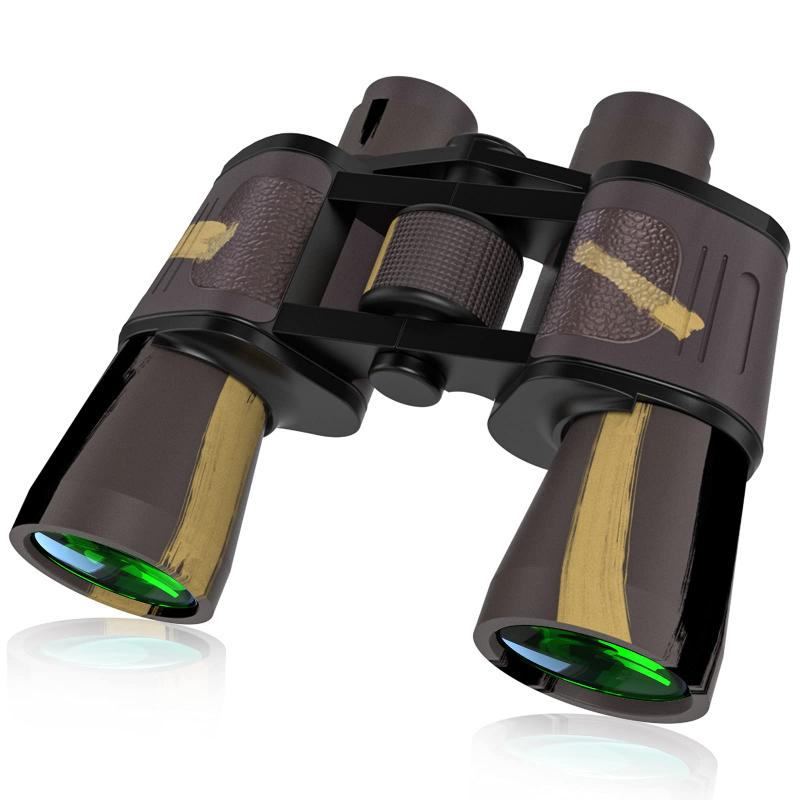



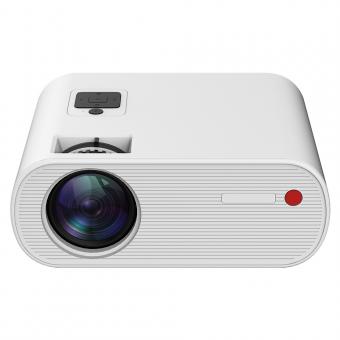






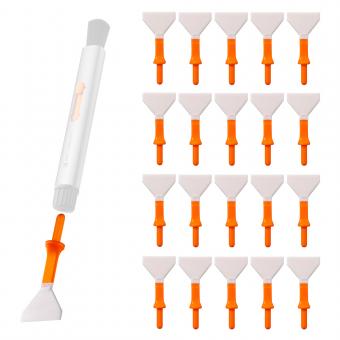



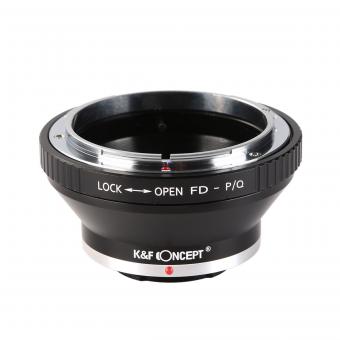

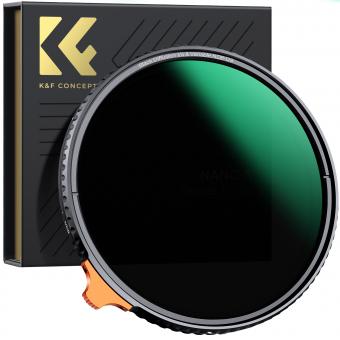

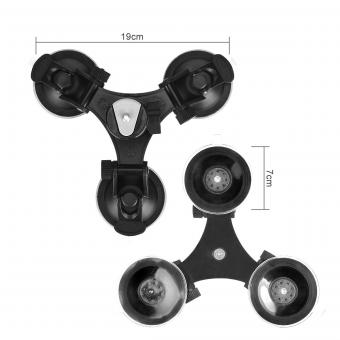

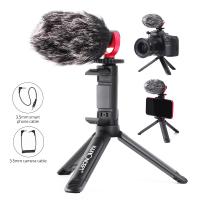


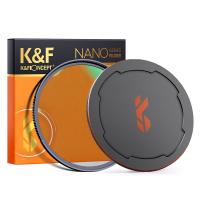



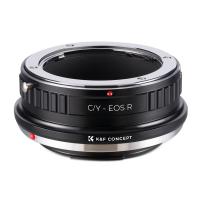

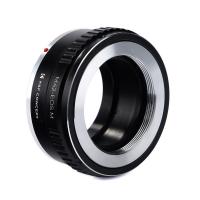
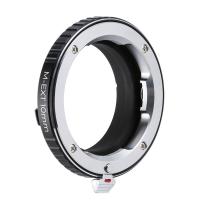
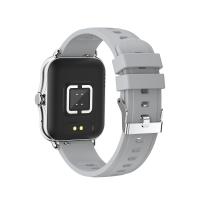


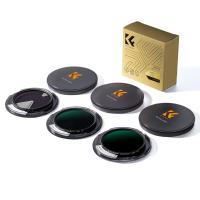


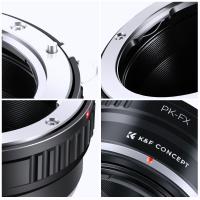

There are no comments for this blog.